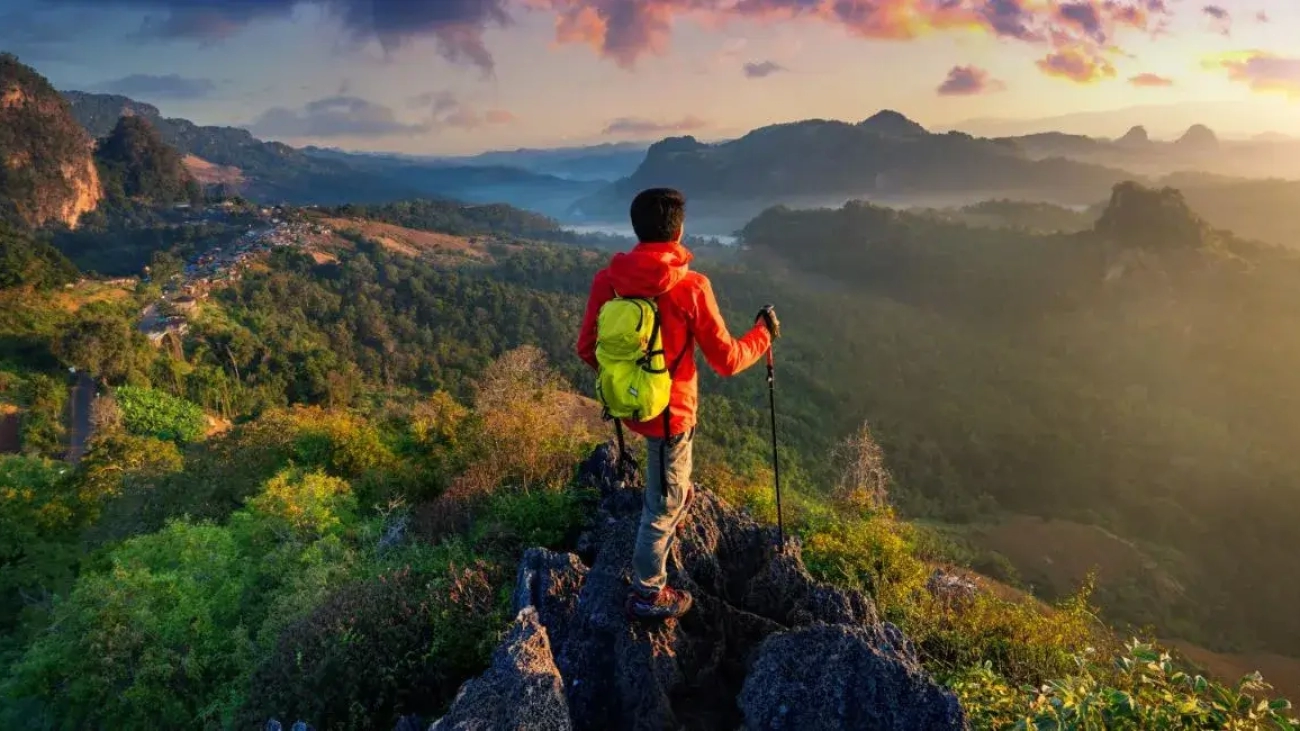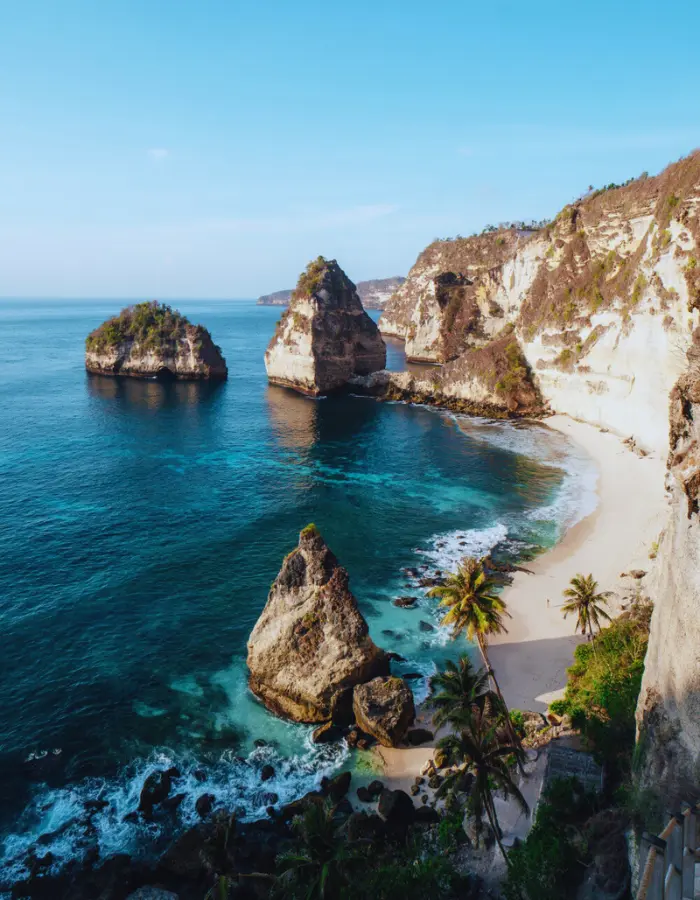The Himalayas provide countless opportunities to admire the natural beauty of the mountains, the unique flora and fauna, and the diverse groups of people who live in the ranges and valleys, many of whom have retained cultural identities due to their isolation. The treks described in this book are merely suggestions. They attempt to convey a sense of place or destination. Some trails are located within the ‘inner line,’ and special permits are required. Discover the best trekking places in India for beginners.
Discover the pristine beauty of landscapes, encounter diverse flora and fauna, and challenge your adventurous spirit with thrilling ascents. Whether you’re a seasoned trekker or a first-time explorer, India’s diverse terrain offers something for every adventurer. Lace up your boots, breathe in the mountain air, and get ready for an exhilarating trekking expedition across the incredible landscapes of India.
Types Of Trekking in India
- Independent Trekking in India: There are some breathtakingly beautiful treks, though they are not always through the wilderness as is sometimes imagined. However, trekking alone is not recommended because you will be in unfamiliar territory where you may not be able to communicate with the locals and help may be unavailable if injured. Independent hikers should obtain a specialized publication that includes detailed route descriptions and good maps. Remember that mountain topography is constantly changing, and tracks and crossings can be affected very quickly. Speak with those who are familiar with the area and have trekked to the locations you intend to visit.
- Backpacking Camping: Every year, hundreds of people arrive with a pack and some personal equipment, buy some food, and set off trekking, carrying their gear and selecting their campsites or places to stay. Serious hikers will require a framed backpack. Fuel wood is scarce, and flat ground suitable for camping is uncommon. It is not always easy to locate remote and private camping areas.
- Trekking in India Without Tent: Although common in Nepal, this option is available on only a few trails in India. The Singalila Ridge trail in Darjeeling, the Sikkim Kanchenjunga trek, the Markha Valley trek in Ladakh, and some lower-elevation trails around Shimla and Manali are exceptions. On these, you can often stay in trekking huts or simple village homes. You bring your clothes and bedding, and for a few rupees per night, you can sleep on the floor, on a wooden pallet, on a camp bed, or in a more luxurious inn, with a room and shower. The food is simple, usually consisting of vegetable curry, rice, and dhal, and while repetitive, it is healthy and tasty. This method puts you in closer contact with the locals, with the only limitation being the routes where lodging is available.

- Using a trekking agent: Trekking agents in Delhi or hill stations (such as Dehradun, Shimla, Manali, Dharamshala, Leh, Darjeeling, and Gangtok) will organize treks for a fee and provide a Sardar, porters, cooks, foods, and equipment, but it will take effort and careful planning on your part. This method can be excellent and is recommended for a group that wants to follow a specific itinerary and preferably has some experience. You must adhere to a pre-planned itinerary in some areas as required by the government and also because porters expect you to arrive at certain points on time. You can make arrangements from abroad in advance of a long business transaction using faxes and emails. Alternatively, wait until you arrive in India and allow at least a week for arrangements.
- Trekking Season: These differ depending on the area you intend to visit and the elevation. Autumn is the best time to visit most of the Himalayas, though March to May can also be pleasant. The Monsoon season (mid-June to the end of September) is very wet, and localized thunderstorms can occur at any time, especially in the spring and summer. As the monsoon approaches, begin your trek early in the morning. In the eastern Himalayas, it frequently rains heavily until mid-October.
During the monsoon season, the Kullu valley is unsuitable for trekking, but areas beyond the central Himalayan range, such as Ladakh, Zanskar, Lahul, and Spiti, are relatively unaffected. Be prepared for temperature extremes in all seasons, and bring light clothing as well as adequate waterproof protection. Winters can be bitterly cold; high passes may be closed, necessitating the use of additional equipment. Winter treks are only recommended for experienced trekkers accompanied by a knowledgeable local guide on all but a few low-altitude ones (up to 3200m).


